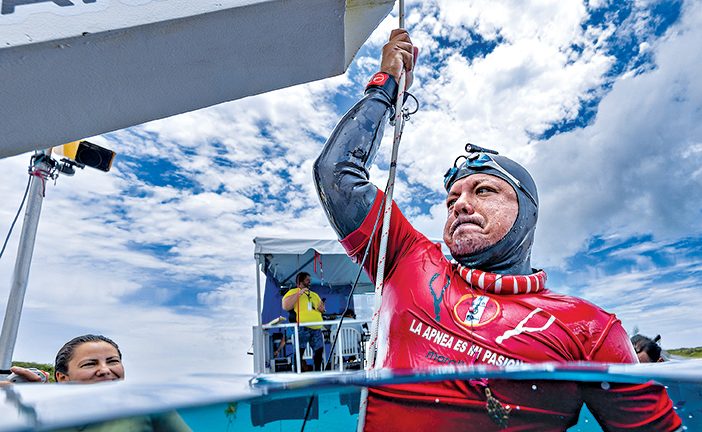Temporomandibular Joint Dysfunction in Diving
Jaw pain is a common complaint in divers, but the problem could be serious. Read more about temporomandibular joint dysfunction.

Jaw pain is a common complaint in divers, but the problem could be serious. Read more about temporomandibular joint dysfunction.

Breathing-gas contamination, although rare, can happen. Sources of contamination vary, but they are important to know. Get the inside scoop on breathing-gas contamination.

Propeller trikes happen to divers and the injuries are brutal. Read more about propeller safety, tools, research and more to prevent these nasty injuries.
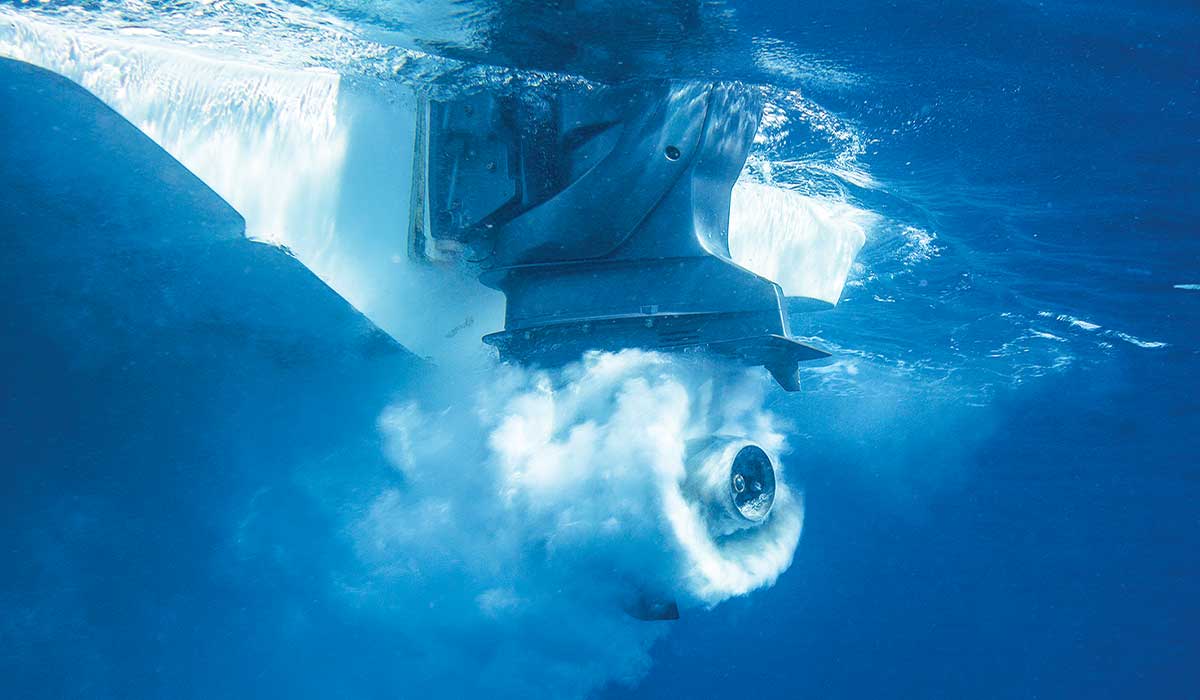
Checklists may be the missing tool to safer diving. Checklists are used in other fields, not just diving, like aviation and surgery. Read more about the history and importance of checklists.
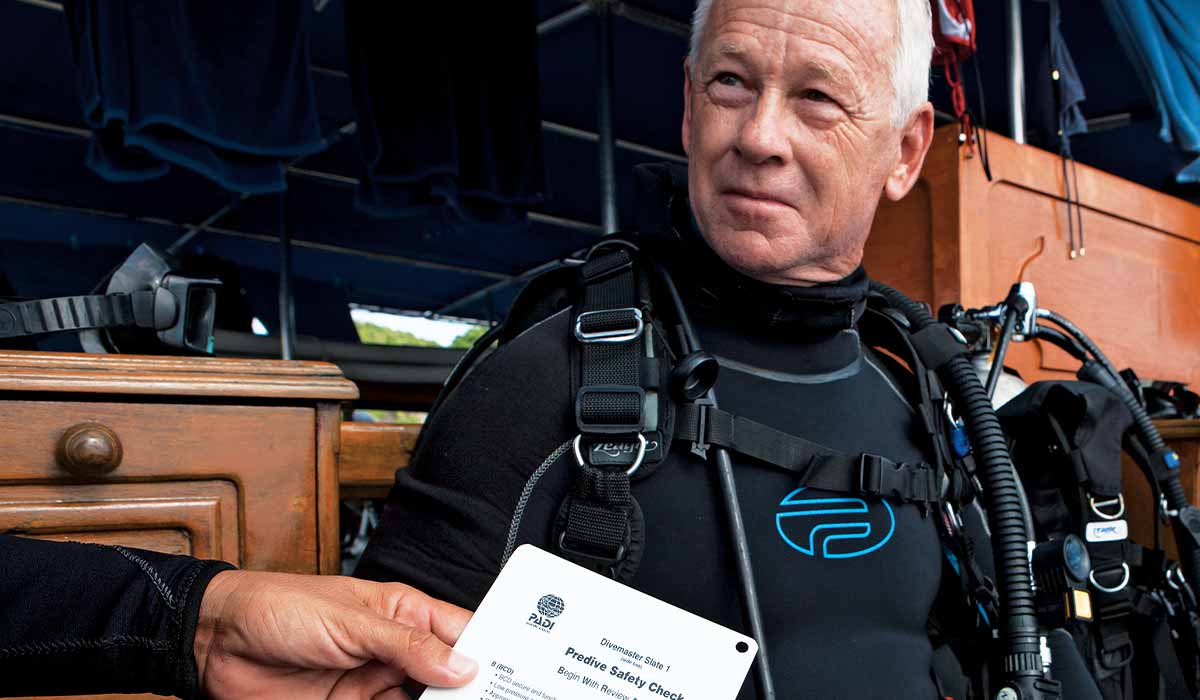
While prevention against decompression sickness, it’s relatively rare. Comparatively, there are more common hazards to divers. Read more.

Acclimatization is the adaptation to natural exposure, but could this apply and alter decompression stress? One research team looked at how acclimatization and repeatedly diving could impact someone’s predisposition to decompression sickness.
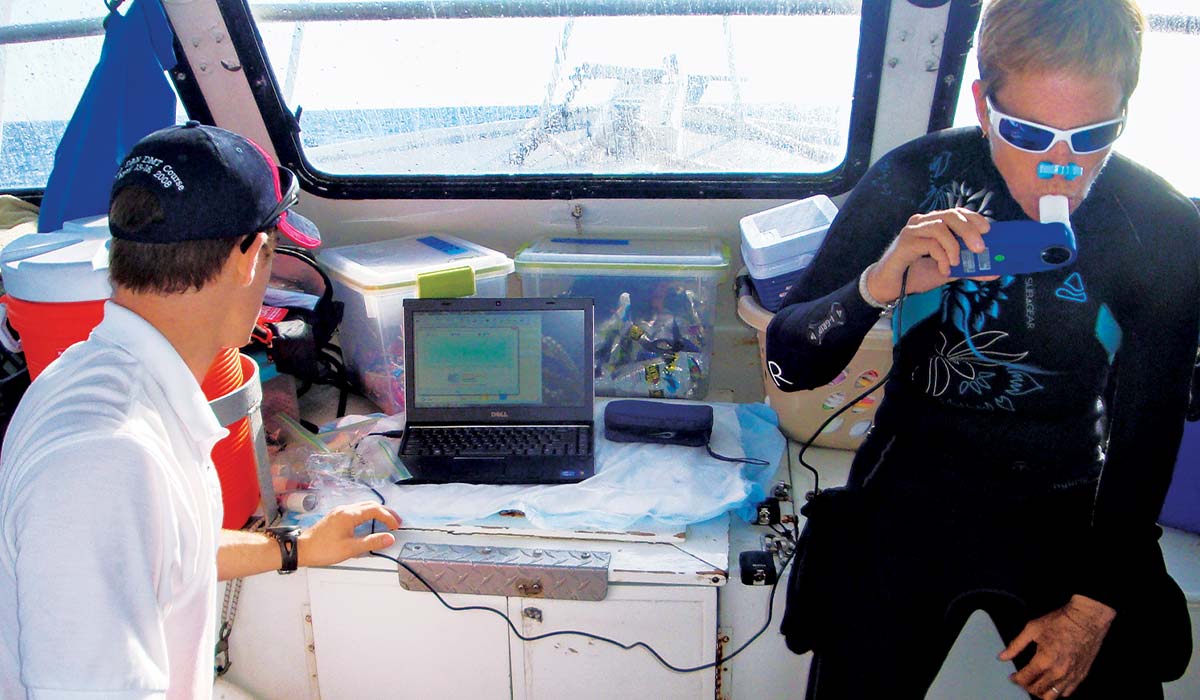
Recommendations created by several safety-oriented organizations want to ensure that scuba remains a safe sport. Read their six recommendations.
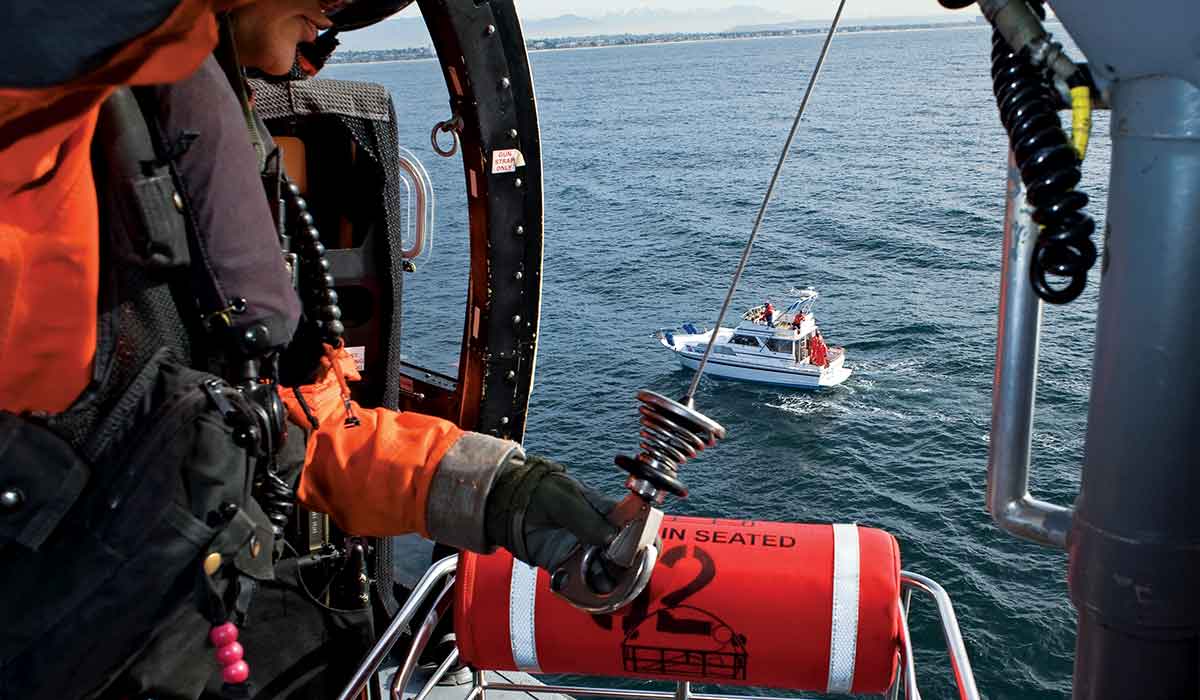
The rescuing of an unconscious diver is a complicated event and requires strength and training. Learn how to rescue an unconscious diver.
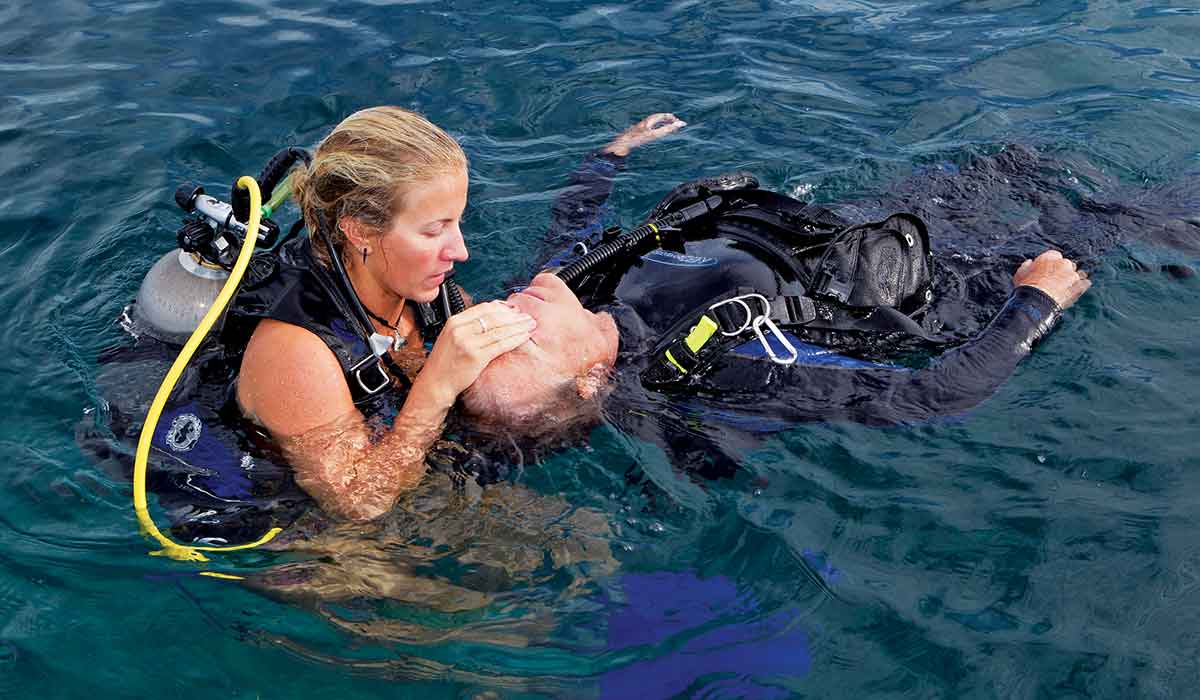
Ascent rates are influenced by different variables, but nearly all exerts agree that divers should keep slow ascent rates to avoid any complications. Read more about ascent rates.
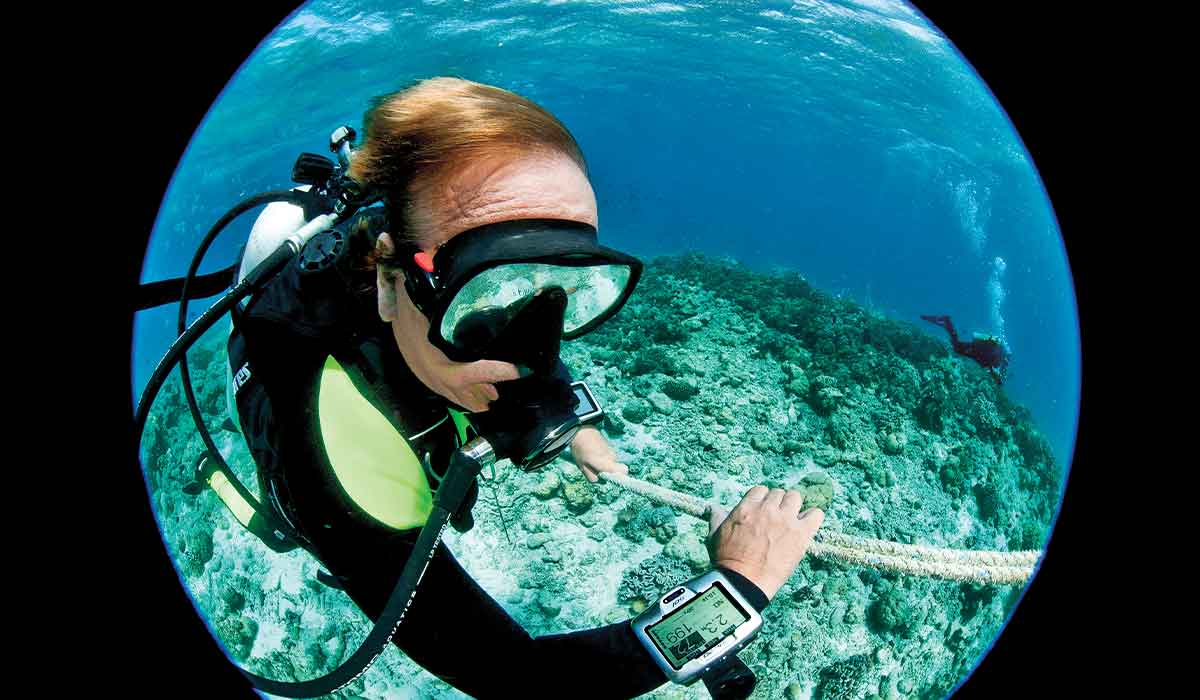
THE RAPID GROWTH OF FREEDIVING in the U.S. brings a positive light to a sport that is mentally healthy and physically inspiring but has little tolerance for error. Shallow-water blackout […]
